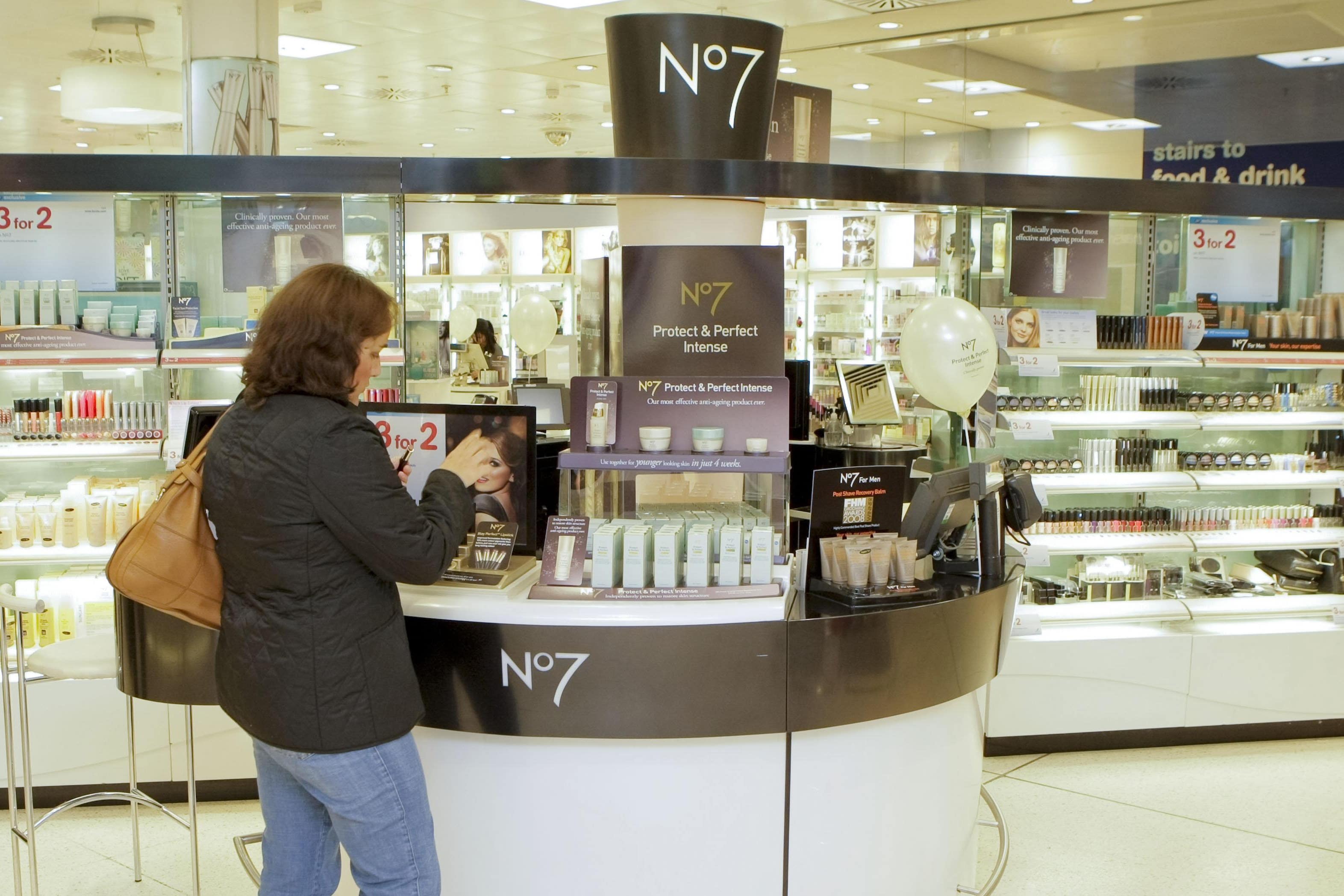Health and beauty spending surges despite cost-of-living pressures
Almost half of consumers said they considered such purchases ‘essential’, according to a study by Barclays.

Your support helps us to tell the story
From reproductive rights to climate change to Big Tech, The Independent is on the ground when the story is developing. Whether it's investigating the financials of Elon Musk's pro-Trump PAC or producing our latest documentary, 'The A Word', which shines a light on the American women fighting for reproductive rights, we know how important it is to parse out the facts from the messaging.
At such a critical moment in US history, we need reporters on the ground. Your donation allows us to keep sending journalists to speak to both sides of the story.
The Independent is trusted by Americans across the entire political spectrum. And unlike many other quality news outlets, we choose not to lock Americans out of our reporting and analysis with paywalls. We believe quality journalism should be available to everyone, paid for by those who can afford it.
Your support makes all the difference.Spending on health and beauty products is booming despite cost-of-living pressures as UK consumers increasingly consider make-up and perfume to be as essential as groceries, figures suggest.
While rising living costs have seen consumers cutting back and retail sales as a whole up 0.1% year-on-year in August, spending on health and beauty was up 7.3% – significantly higher than non-essential spending overall, which was up 0.7%, according to Barclays.
A quarter of shoppers (23%) say they have been cutting back on buying clothing and accessories, with Barclays transaction data showing clothing was down 1.7% last month.
Despite rising living costs and subdued growth across the rest of the retail sector, the UK’s beauty spending highlights a growing emphasis on self-care
But almost half of consumers (46%) say they consider health and beauty purchases as “essential” – a category which typically includes priority spending such as groceries and childcare.
The most resilient products over the past three years – those where consumers say they have either increased or not changed their spending – are pharmaceuticals (68%), hair care (66%), body care (62%) and fragrances (54%).
Those aged 18 to 27 have increased their spending on health and beauty by 17.5% over the past 12 months – more than double the rate of growth for those aged 44 to 59 at 6.5%, and triple the rate of 60 to 78-year-olds (4.7%).
It’s encouraging to see that overall beauty spending has been in growth year-on-year, with August showing the highest level of growth in the past 18 months
But almost a third of consumers (32%) say they are turning to “dupes” – affordable copies of more expensive products.
Fragrances are the most sought-after health and beauty dupe, with 28% of those who buy cheaper copies admitting to spending on imitation scents.
Since January alone, the number of consumers watching “de-influencing” videos to find out which products are not worth buying has climbed from 11% to 17%.
Karen Johnson, head of retail at Barclays, said: “Despite rising living costs and subdued growth across the rest of the retail sector, the UK’s beauty spending highlights a growing emphasis on self-care.
Our data shows that social media has proven to play a key role in influencing online purchases, a further demonstration of the rising commercial importance of these platforms
“It’s encouraging to see that overall beauty spending has been in growth year-on-year, with August showing the highest level of growth in the past 18 months.
“Our data shows that social media has proven to play a key role in influencing online purchases, a further demonstration of the rising commercial importance of these platforms.”
Opinium surveyed 2,000 UK adults between July 9-12 and again between August 6-9.